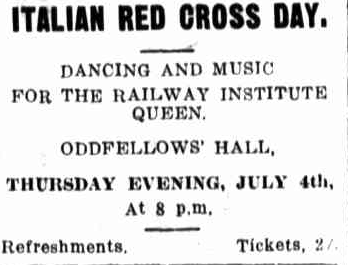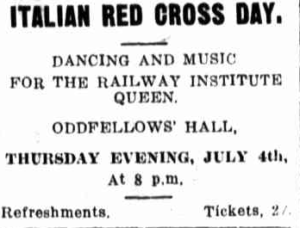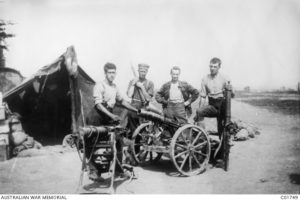At 3.10am Lieutenant General Sir John Monash, leads three Australian infantry brigades, a British tank brigade and four companies of the American Expeditionary Force in an attack of the German-held village of Le Hamel in northern France.
With No 3 Squadron of the Australian Flying Corps providing aerial support, the battle proved to be a resounding success. Monash meticulously planned the assault, anticipating that the village would be captured within 90 minutes. It took the Allies just 93 minutes to complete their key objectives. By day’s end the Allied line had advanced two kilometres along a 6.5-kilometre front. 1600 prisoners and 200 machine guns were captured at a cost of 1400 casualties. Germans casualties numbered 1800.
The victory at Le Hamel provided a vital incentive to the Allies and set a blueprint for success in future battles. Field Marshal Sir Douglas Haig passed a message on to Australian Prime Minister William (Billy) Hughes that read:
Will you please convey to Lieutenant-General Sir John Monash and all the ranks under his command … my warm congratulations on the success which attended the operation carried out this morning, and the skill and gallantry with which it was conducted.
French President of the Allied War Committee, George Clemenceau later commented:
When the Australians came to France the French people expected a great deal of you. We knew that you would fight a real fight, but we did not know from the beginning you would astonish the whole continent. I shall go back tomorrow and say to my countrymen, “I have seen the Australians. I have looked in their faces. I know that these men will fight alongside us again until the cause for which we are all fighting is safe.”



